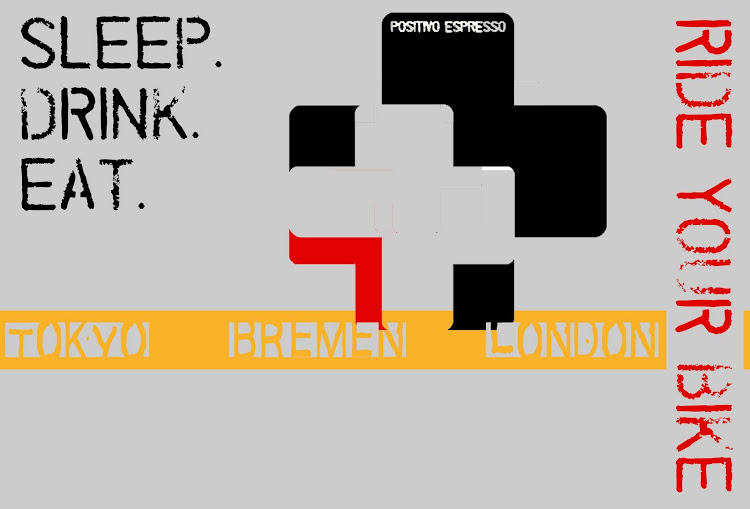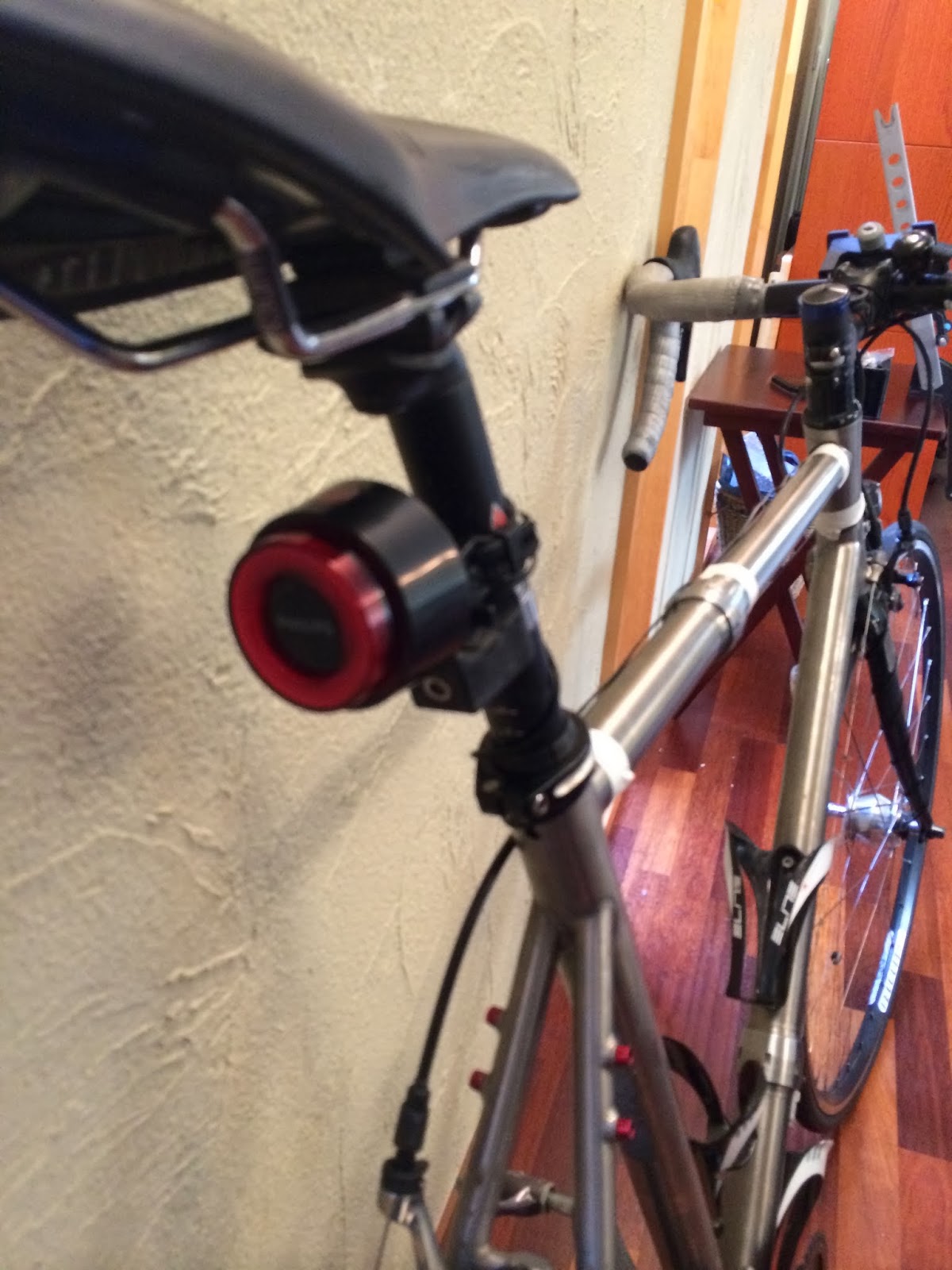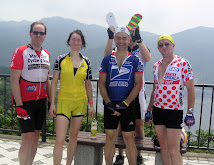 |
| Winter view from North side of Lake Tsukui. Snow toward Mt. Tanzawa. |
 |
| Tall, dry Susuki grasses along Route 76 in winter. |
I've had an NOS (new old stock) FSA Team Issue standard size crankset (130 BCD/172.5mm arms) sitting in the garage for years. It was a warranty replacement provided when the original (an earlier design) had a problem with the left crank arm delaminating. For Christmas, I finally got myself some chainrings for this crankset. Instead of yet another 53/39 crank, I ordered a set of Osymetric chainrings.
Osymetric chainrings? These are what Bradley Wiggins (excuse me, I meant Sir Bradley Wiggins) and Chris Froome each used in 2012, when they finished 1-2 in the Tour de France. Sir Bradley also used them during his gold medal performance in the London Olympics TT.
 |
| 52/42 rings. But the 42 ring is quite narrow where you pedal through your "dead spot". |
The earliest versions were said to look home-made, and the majority opinion was that they look odd, weird, or ugly. But the current version looks solid and professionally finished, and in a black finish other riders will barely notice the shape.
Reviews are not clear about whether the effect is real or a gimmick. Some riders have an immediate positive reaction. And the idea is simple. At least if Wiggins and Froome used them in 2012 then at least they cannot do much harm! Wiggins dropped them in 2013. Froome -- seems to be using them as he crests Mt. Ventoux, one of the most memorable performances in recent history of the Tour. They seem more popular with long-legged riders, whose angle of motion is slightly different.
 |
| Froome at Mt. Ventoux. See chainring. |
 |
| Arashiro bottles |
And no, the chain does not fall off.
 |
| TT warmup |
Looking at the data for my ride Saturday ... I rode no faster than normal. Will I keep these on my bike? Can I climb the Japanese hills with a 42-tooth inside chainring? It is too soon to decide. Even if they do increase my speed a bit, I worry a bit that using them while training will just keep my dead spot ... dead. But maybe if they let me work on pushing my cardio limit without working so much about leg fatigue, they will help? And they might have real benefits for an event -- either a race or a multi-day, really long ride like LEL, PBP or Hokkaido 1200? Stay tuned.
UPDATE: On Monday morning, I hopped on a different bike for the commute to work, with a Shimano 50/34 compact crank. For the first minutes, it felt WEIRD. Just as odd as the first few minutes on the Osymetrics. I am really surprised that I "adjusted" to the Osymetrics so quickly. Of course, after 2-3 minutes, again I felt normal on the round cranks.
































